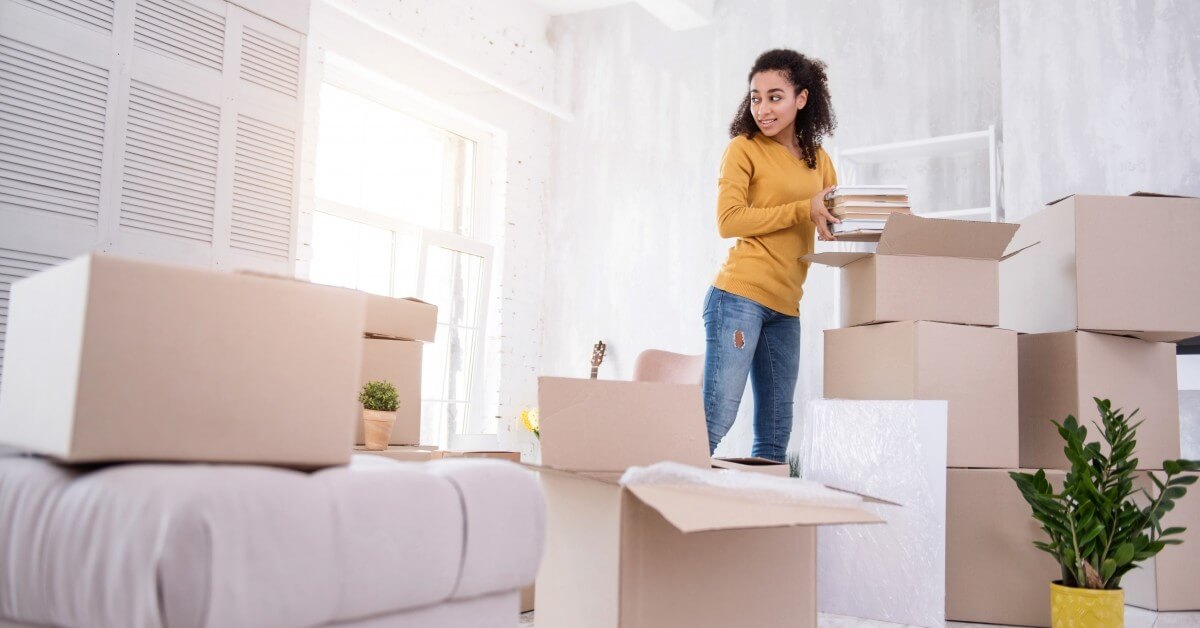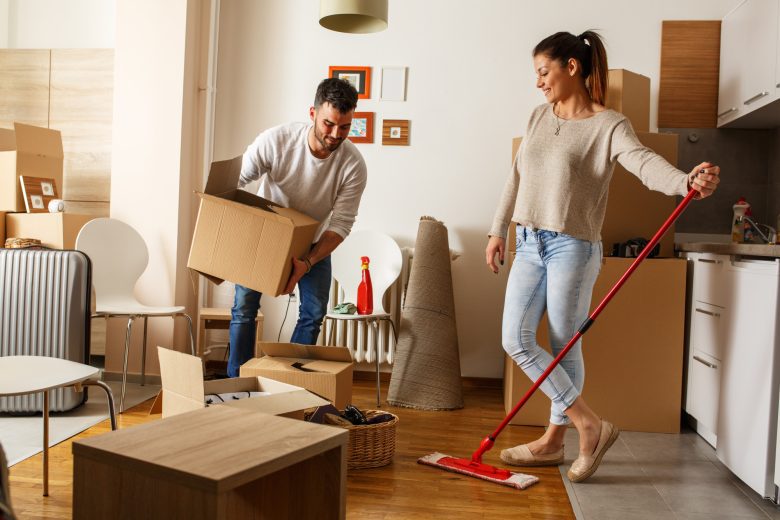Take things apart
Where to start fundraising? With declutter! Let in the new house there will be only necessary and favorite things. Get rid of what you do not want to take in advance – throw it away, sell it or give it away.
Do not leave clutter for the last days before moving: most likely, you will have no time to do this, and you will simply take everything that is in the apartment. There is also a great chance in the confusion to throw away things that you use.
If you carry out decluttering in advance, you will immediately understand how many things you have in total and what kind of car you need to move. To make it easier, when parsing, prepare boxes labeled “Throw away”, “Give away”, “Sell”.
Advice! Do not collect, but choose items.
How will you move
In theory, you can move “on your own”: use a car and spend 1-2 days on everything. You can also ask friends and family to help with the move. But before that, think about it: do you want your loved one to take a day off or spend the whole weekend on this?
The easiest and fastest way to organize a move without nerves and unnecessary fuss is to contact a company that deals with transportation. So you do not have to travel several times from the old apartment to the new one or ask friends to help you. Also, you will not be exhausted while you first lower and then raise things to the desired floor. It is especially important to contact carriers for those who move to another city.
Who will be transporting
If you decide to contact a company that deals with transportation, carefully approach its choice. Read the reviews, ask your friends: perhaps someone has recently moved and can advise you on a carrier. Analyze several firms to choose the right one.
What you need to know when choosing a contractor:
Work with or without a contract. If the company works under a contract, then most likely it is a reliable contractor. If you are not satisfied with the quality of services or something happened during the move, you can go to court.
Price formation. The cost can be fixed or hourly. If there is no elevator in the old or new building, you may need to pay an additional fee for each floor – check this point in advance.
Payment order. It is safer for you if the company works on a postpaid basis and does not take an advance.
Advice! Decide on the carrier company and conclude an agreement in advance: an urgent call usually costs more.
Package
Prepare packing materials in advance: boxes, bags, travel bags, sealed containers, heavy-duty trash bags, cardboard cabinets, vacuum bags, paper, newspaper, bubble wrap, construction tape, twine, and consumables – tape with a dispenser (several reels), colored tape, markers, scissors, stickers.
Spring-cleaning
On the eve of the move, do a general cleaning in the new apartment. While the room is empty, it is much easier to do this than when all the space is occupied by boxes, bags and bags.
Clean up the old apartment. First, leaving dirt and debris behind is impolite. Secondly, if you lived in a rented apartment, there may be problems with its owners.
Gather your things
It is better to start collecting 3-4 weeks before the day of moving. Take 1-2 hours a day to pack things, and you will be able to collect everything calmly and without haste.
What to collect first
First of all, pack things that you rarely use and will not need in the near future. What could it be:
off-season items;
books;
some documents (not essential);
utensils that you can do without;
paintings, souvenirs, decor items.
With this approach, before the “date X” you will only have to collect the most necessary.
How to properly pack
Now let’s figure out how to pack things from different categories:
It is better to pack clothes, curtains, small bedspreads, towels, tablecloths and other soft things in bags and garbage bags. In this form, they can be placed even where it is impossible to put boxes.
Large blankets, pillows, down jackets are best transported in vacuum bags: this way they take up less space and do not get dirty.
Fragile items, dishes should be wrapped in bubble wrap, paper, newspapers and fixed with tape. After that, you can put them in boxes.
Stack books and magazines and tie with twine. To prevent damage, additionally wrap them with bubble wrap, and then tie them with twine again. Stacks should be small and light so they don’t fall apart and are easier to carry.
Carry heavy unbreakable items in heavy travel bags. These are, for example, pots without lids, frying pans, kettles, etc.
Suits, shirts, dresses are transported directly on a hanger in cardboard cabinets. So the clothes won’t wrinkle.
Jewelry with precious stones made of gold and other valuables put in one box.
Arrange documents in folders and place in a separate box.
Put indoor plants in boxes, and fill the gaps between the pots with newspapers so that the flowers do not fall and are not damaged.
Place household chemicals, hygiene products, cosmetics in containers with a sealed lid. If something spills, then other things will not be affected.
Advice! Be sure to secure the boxes with tape. It is better to buy a more expensive tape with a dispenser – it will save a lot of time.
Don’t put too much in one box or bags or they will be unbearable. Check the tare weight as you go so you know when to stop.
Navigation
It’s handy if you know what’s where, so it’s important to think of easy navigation for packed items. Below is a small checklist that will facilitate the process of cathedrals and unpacking:
One box / bag / package / bag – one category of things. For example, only books, children’s toys, dishes, etc. It’s even better to break each category into several subcategories: serving utensils and cooking utensils, etc.
A separate container for each family member. It is inconvenient if in one place there will be clothes for adults and children.
Use stickers. For example, mark all boxes and bags with dishes with yellow stickers, and bags with clothes with red ones. In the notes of the smartphone, be sure to indicate the decoding of each color. This way you won’t have to unpack all the boxes and packages looking for the right item.
Mark the room. Directly on the sticker, write for which room the container is intended. You can use additional stickers in other colors or colored tape. So you can distribute boxes and bags immediately to the right rooms, and not throw everything in a pile.
Number all boxes and packages. This will ensure that nothing is lost in transit. It is better to sign the number from different sides.
Note fragile cargo. Such a mark should be bright and eye-catching.
Make a list of the things you’ll need right after you move in and pack them ahead of time. Usually these are bedding, clothes for sleep, home and work, medicines, a small set of dishes and cutlery, a couple of rags and sponges, household chemicals (dishwashing liquid, hand soap, etc.), hygiene products, important documents , several children’s toys, chargers, hair dryer, equipment for work, food for pets, necessary products.
Most likely, you will collect these items on the morning of the day of the move. They can be packed in one container or in several small ones for each room. Another option is a separate suitcase for each family member.



